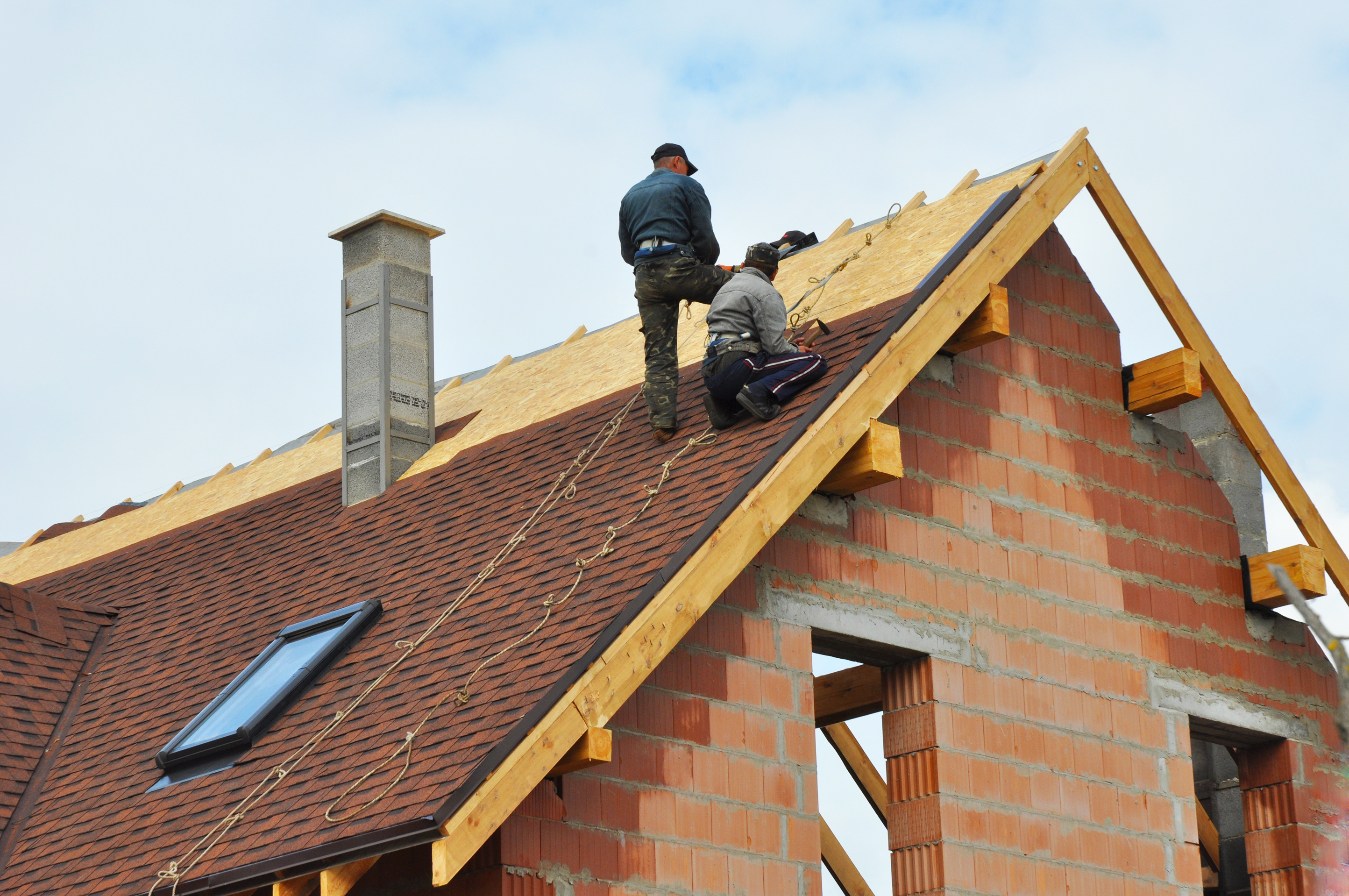Evaluating the Solutions Provided by Roofing Companies in Gainesville Florida
Evaluating the Solutions Provided by Roofing Companies in Gainesville Florida
Blog Article
Ideal Practices for Ensuring Correct Roofing Ventilation
A balanced intake and exhaust air vent ratio, generally 1:300, plays an essential role, with intake vents ideally placed at the reduced edge of the roofing system for cool air entrance and exhaust vents at the optimal for warm air leave. Keeping insulation away from vents is essential to protect against airflow limitation.
Understand Air Flow Basics
Effectively comprehending air flow fundamentals is vital for making certain the durability and performance of roof. Efficient ventilation minimizes moisture build-up and temperature extremes in the attic room, both of which can cause significant structural damage in time. A well-ventilated roofing aids in stopping common concerns such as mold and mildew growth, timber rot, and ice dams, which can compromise the stability of the roofing products and the underlying structures.
The key objective of ventilation is to assist in the motion of air, permitting a regular exchange in between the outdoor and indoor environments. This equilibrium is attained with a mix of intake and exhaust vents that function with each other to preserve ideal air movement. Consumption vents, commonly situated along the soffits or eaves, permit fresh air to get in the attic area, while exhaust vents, frequently located at or near the roofing system ridge, make it possible for hot, damp air to run away.
Secret factors influencing the efficiency of roofing ventilation include proper positioning, adequate sizing, and making sure that both consumption and exhaust vents are unblocked. Normal assessment and upkeep are critical to identify prospective clogs, damages, or ineffectiveness in the air flow system, consequently securing the roof's efficiency and toughness.
Types of Roof Covering Vents
Roof covering vents play a vital function in maintaining effective attic room air flow and, by extension, the general health and wellness of the roof covering system. Various kinds of roofing system vents are readily available, each with one-of-a-kind advantages tailored to certain roof covering demands.

Soffit vents are mounted under the eaves and operate in tandem with roof vents to make certain a well balanced intake and exhaust system. By permitting cooler air to enter from below, soffit vents facilitate the expulsion of hot air with top vents. Gable vents, situated on the exterior wall surfaces of the attic room, deal an additional effective service, especially in homes with saddleback roofs.
Analyze Your Current Ventilation

Next, consider the age and problem of your roofing materials and ventilation components. Older systems might not follow present building regulations or might have worn away gradually, reducing their efficiency. Conduct an extensive examination to determine any kind of indicators of wear and tear, such as rust, Our site damage, or gaps that might jeopardize the system's efficiency.
Furthermore, gauge the attic temperature level and moisture degrees. High temperatures and humidity can indicate poor ventilation.
Installation Best Practices
Reliable setup of roof ventilation systems is vital for making certain optimum efficiency and durability. Appropriate setup begins with comprehending the particular ventilation requirements of the structure and the roofing system it covers. This entails computing the proper ratio of intake to wear down vents, commonly adhering to the 1:300 regulation, which stipulates one square foot of air flow for every 300 square feet of attic room flooring space.

The placement of vents is just as critical. Consumption vents must be mounted at the roofing system's reduced edge, usually in the soffits, to allow awesome air to enter. Exhaust vents, on the various other hand, need to be mounted near or at the roof's top to promote the departure of warm, moist air. This produces an all-natural airflow that assists maintain temperature level and wetness balance within the attic room.
Seal all air vent links thoroughly to stop air leakages and potential water seepage. Usage premium products and comply with supplier guidelines to ensure sturdiness and performance. Additionally, incorporating ridge vents with baffles can significantly enhance air movement performance by avoiding wind-driven rainfall and snow from entering the attic.
Eventually, specific installment of roofing ventilation systems minimizes possible concerns such as mold development, ice dams, and structural damages, making certain the roofing system's stability and the building's total wellness.
Routine Maintenance Tips
Consistency in maintenance techniques is fundamental to ensuring the lasting efficiency of roof air flow systems. During these evaluations, guarantee that vents are complimentary of debris, nests, and other obstructions that might impede air flow.
Use a soft brush or a vacuum cleaner to eliminate dirt and debris from consumption and exhaust vents. Be cautious not to harm the vent screens or louvers throughout the process.
Correct insulation is equally crucial. Ensure that attic insulation does not obstruct the vents, as this can badly restrict airflow. If any type of insulation Source has moved or cleared up, rearrange or replace it to maintain an effective barrier.
Lastly, replace any kind of damaged or missing components quickly. Broken vents, broken roof shingles, or worn-out blinking can all add to insufficient air flow and must be resolved right away. Routine maintenance makes sure that the roofing ventilation system functions efficiently, thereby extending the life expectancy of the roofing system itself.
Final Thought
Ensuring correct roofing air flow is vital for maintaining the effectiveness and resilience of a roofing system. Adherence to the 1:300 intake and exhaust vent proportion, paired with the critical positioning of vents, is vital.
A well balanced intake and exhaust air vent ratio, frequently 1:300, plays a crucial role, with intake vents ideally put at the reduced side of the roofing system for trendy air entry and exhaust vents at the height for cozy air departure. Consumption vents, generally situated along the eaves or soffits, enable fresh air to enter the attic area, while exhaust vents, often situated at or near the roof covering ridge, enable hot, damp air to run away.
Soffit vents are set weblink up under the eaves and job in tandem with roof vents to guarantee a balanced consumption and exhaust system. By allowing cooler air to enter from below, soffit vents help with the expulsion of warm air with upper vents. Adherence to the 1:300 intake and exhaust vent ratio, coupled with the calculated positioning of vents, is essential.
Report this page